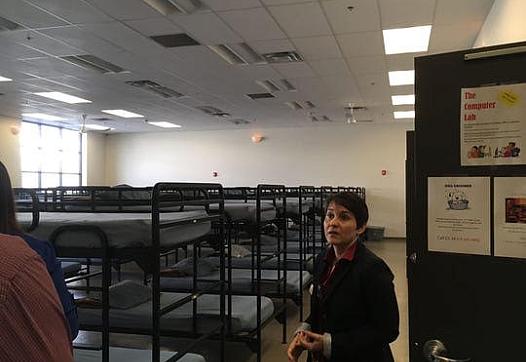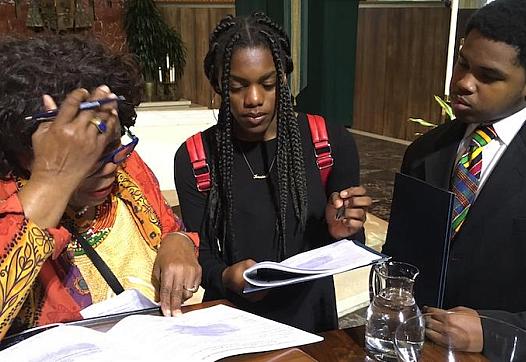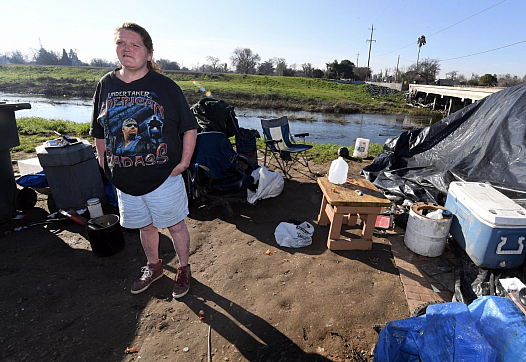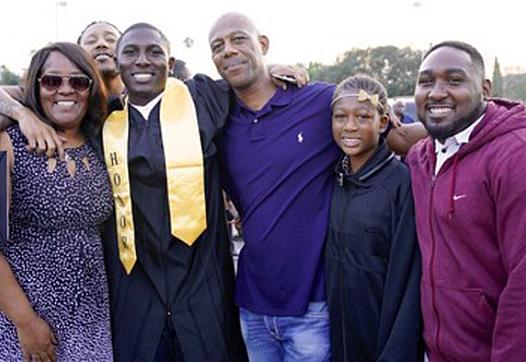
April Xu wrote this story while participating in the 2018 National Data Fellowship.

April Xu wrote this story while participating in the 2018 National Data Fellowship.

This story was produced as part of a larger project led by Nicole Hayden, a participant in the USC Center for Health Journalism's 2019 Data Fellowship....

The series has received support from the Fund for Journalism on Child Well-Being, a program of USC's Center for Health Journalism....
Democrats and Republicans on the House Committee on Energy and Commerce have asked the leader of the Indian Health Service to address two investigations that highlighted serious lapses in the agency’s care for Native Americans.

"They come in welled up with emotion, they’re crying and there’s no way they can concentrate on the lesson at hand," says a teacher at Dymally High School in South Los Angeles.
This story was produced as part of a larger project led by April Xu, a participant in the USC Center for Health Journalism's 2018 Data Fellowship.
Other stories in this series include:
This story was produced as part of a larger project led by April Xu, a participant in the USC Center for Health Journalism's 2018 Data Fellowship.
Other stories in this series include:

It takes a lot of time to explain how the health care system works to patients and their caregivers with limited English proficiency. There are numerous forms that need to be read and understood. People often sign those forms whether or not they understand them.

Sonali Kohli worked on this project while participating in the USC Annenberg Center for Health Journalism's 2018 California Fellowship.